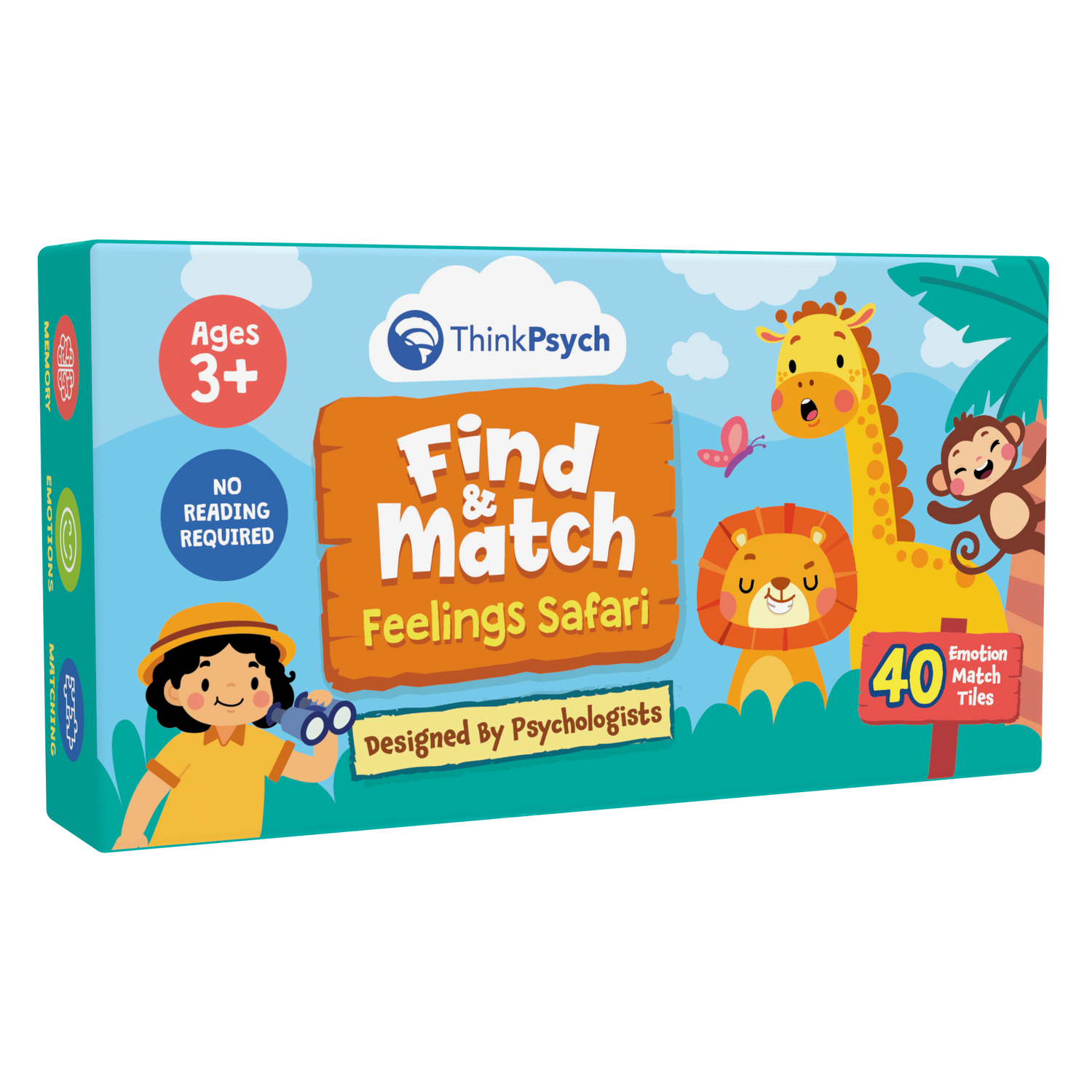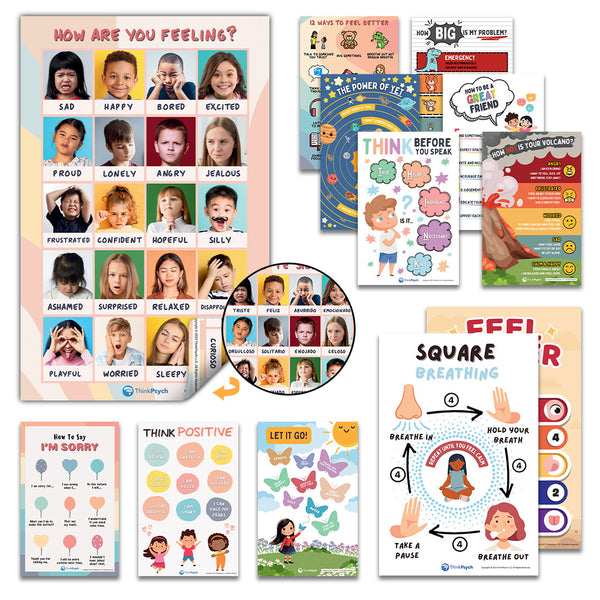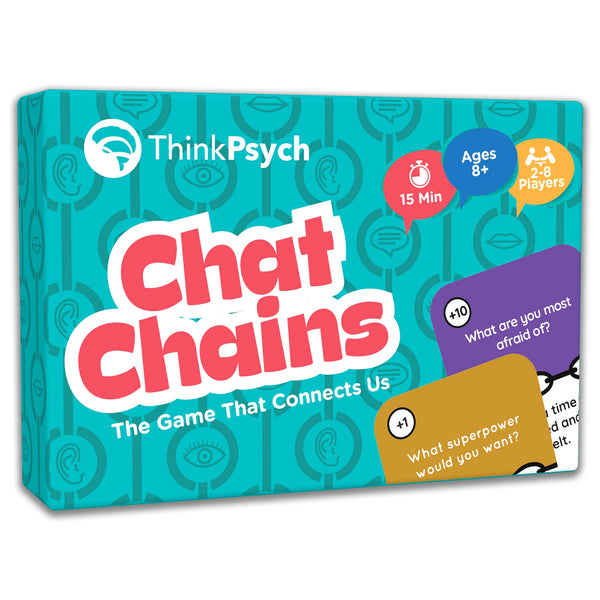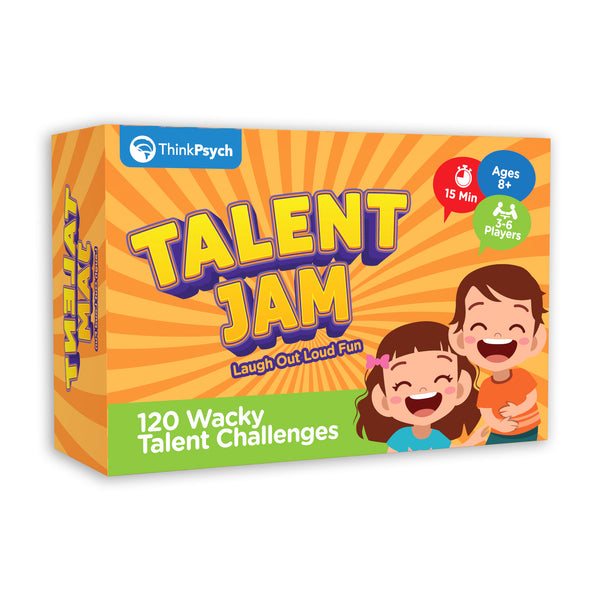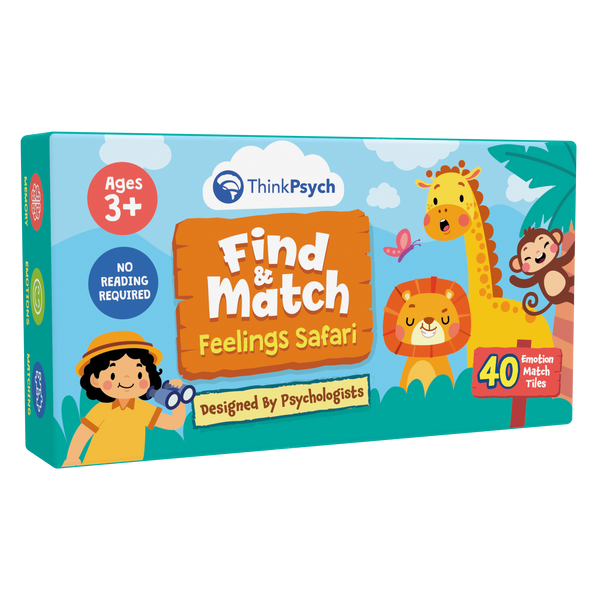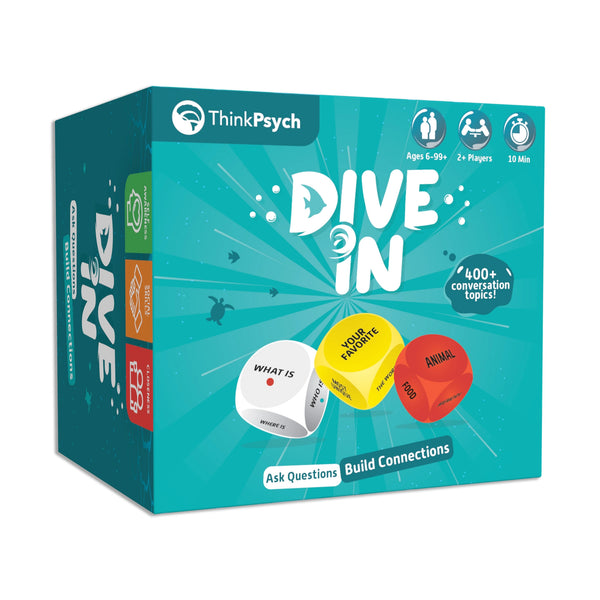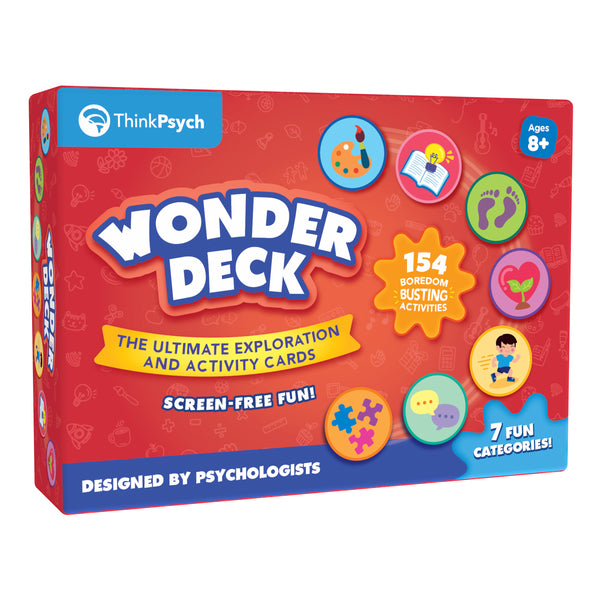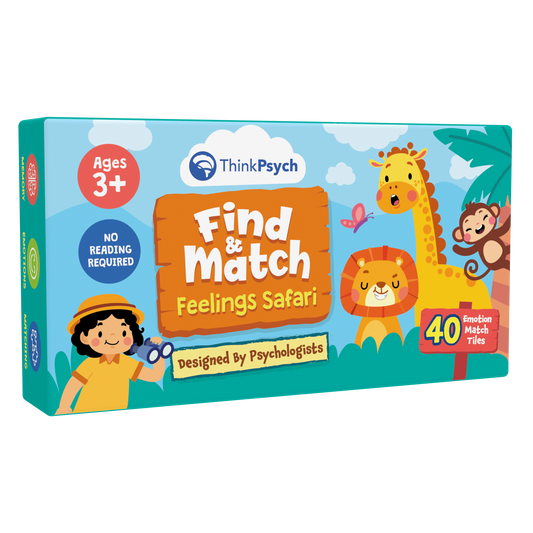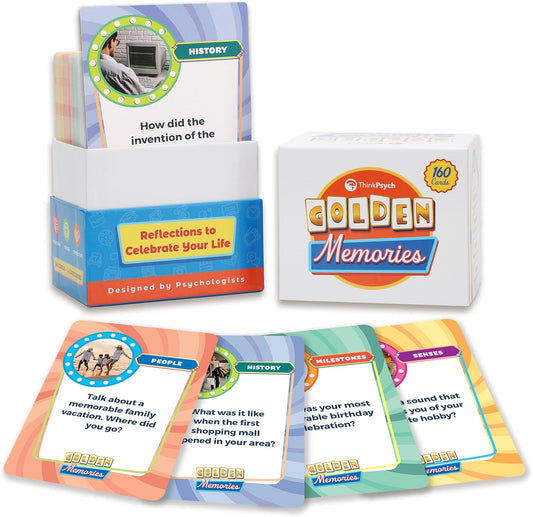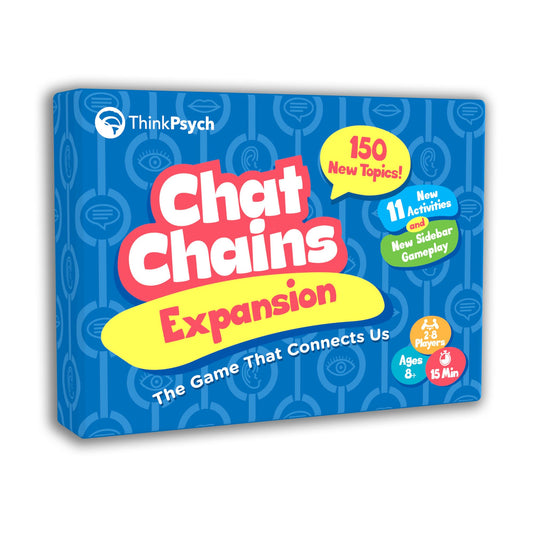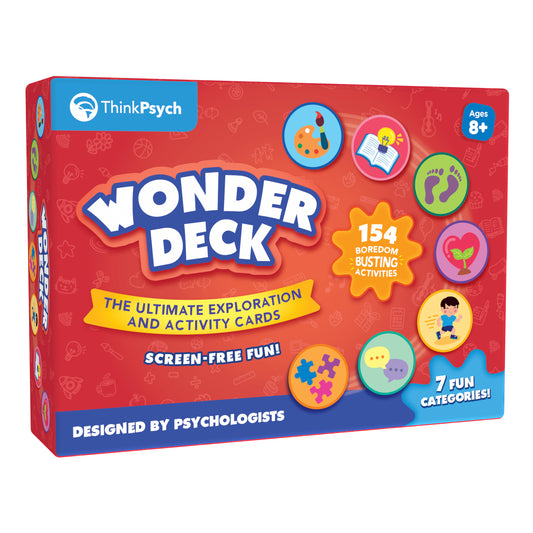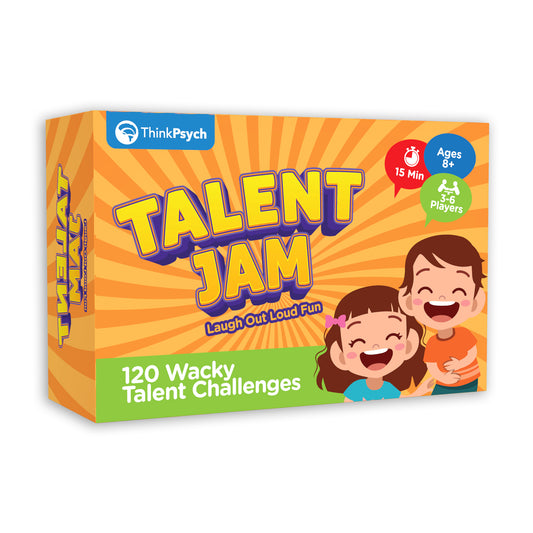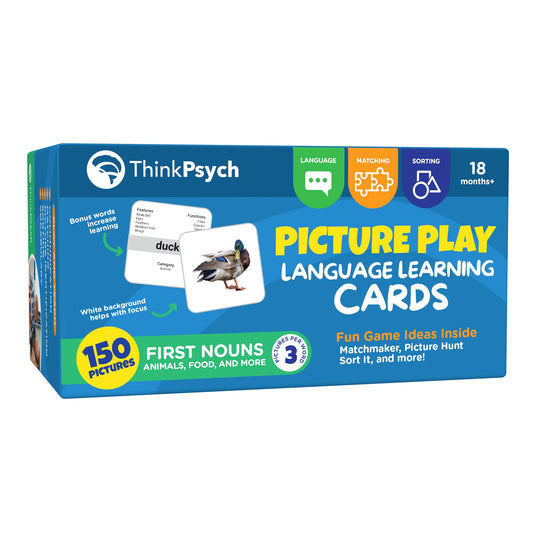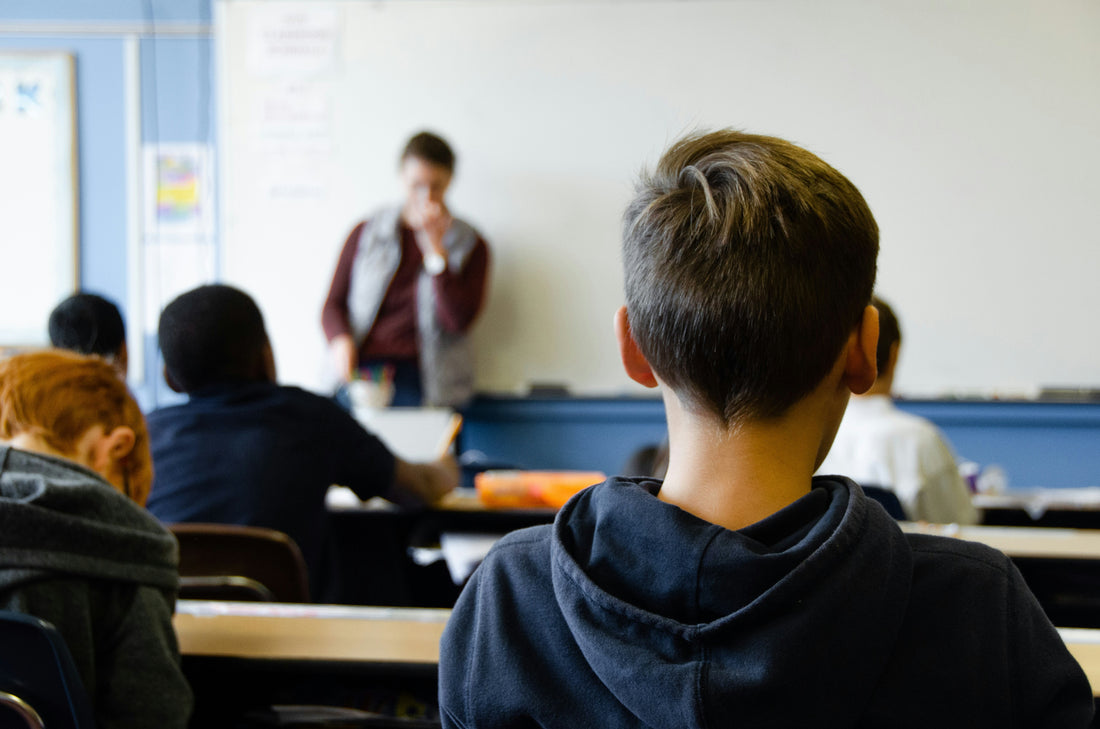
Common Social Emotional Learning Barriers – and How to Move Past Them
Share
Teaching is the kind of practice that is ever evolving. Whether a textbook or a curriculum, there is always something new to learn or a more optimal way of doing things. Unfortunately, sometimes education doesn’t move with the times and it’s no different with social emotional learning (SEL).
According to CASEL, students who are taught in the five competencies of SEL saw an 11% increase in academic performance. While SEL helps with self-awareness and resilience, it can be a relief for teachers to know it improves education too!
Because SEL is relatively new, it can be hard to know what social emotional learning barriers other educators face. Fortunately, by understanding the challenges involved, it can make moving beyond them much easier! If you’re interested in learning more about SEL, visit us at ThinkPsych.
A Traditional Approach to Education
Understanding that a child’s emotional and social needs are as important to their well-being as their formal education is something society is becoming more aware of. That’s precisely why social emotional learning barriers in the classroom are quite common.
Because SEL is still a relatively new concept, many traditional educational approaches are not designed with it in mind. The idea of making a child self-aware, emotionally open, and resilient is something that’s not commonly part of the curriculum. From the schoolbooks to playtime activities, learning is often about recalling facts without understanding our place in the world.
Social emotional learning can be as simple as infusing new ideas into an old subject. It doesn’t have to be about overhauling the system, but merely taking a new approach. It’s just important to be aware of the cultural and socio-economic context as programs are developed. An approach that’s designed for the group of children it serves will be the best at fulfilling its purpose.
Lack of Resources
Many schools and schoolteachers think that the barriers to social emotional learning are too great. After all, with the limited resources many teachers are provided with now, being asked to do something else can be even more challenging.
Fortunately, social emotional learning can be easy to implement on a smaller scale without added costs. It can be as simple as adding a daily activity where children nurture their sense of purpose and self-awareness. For example, things like breathing exercises, a gratitude journal, or a short conversation about the day can be instrumental. In doing these things, children will be able to engage with their feelings and themselves. They’ll also learn to make a daily practice of knowing where they’re at.
While it can be difficult to implement robust programs that tackle every aspect of SEL, simple practices will help to instill its values.
A Competitive Approach
Traditional education is often rooted in the idea of competition. Instead of every child succeeding, and with their own strengths and weaknesses, it’s about children adapting to the system. This often includes standardized testing that poses social emotional learning barriers for students and teachers.
While competition is a part of life, a sustainable classroom and workplace is built on teamwork and collaboration. In order to succeed at this, children must understand who they are, how to approach their weaknesses, and how to be a team player. SEL is instrumental in helping children to understand who they are and nurture their strengths.
Traditional education can be competitive, but utilizing social emotional learning can help children put emphasis on other values. By employing different methodologies in the classroom, succeeding can be about more than just a test.
Lack of Support
If you’re a teacher trying to implement SEL in your classroom or school, you may be at the forefront. The approach of the prevailing education system can be rooted in the idea that learning is easily testable, its outcomes immediately known.
It can be hard to maintain any practice when it feels like there is a lack of support. However, as a teacher there are resources you can call upon. Instead of giving in to social emotional learning barriers, find colleagues who feel the same way about its merits. Whether it’s at your school or through online communities, having people who share your struggles can be the key. Mentors and coaches can also provide unique ideas for implementing SEL and seeing its biggest benefits.
Shop ThinkPsych Products
It can be challenging to strike out on your own and change the current, but it is possible. Be sure to rely on the support systems available so your students can reap the rewards.
Confusion on Outcomes
Because SEL is fairly new to the landscape, it can be hard to know exactly how to evaluate its success. It can also be difficult for any adult – especially a teacher with many students – to observe the small differences in a child.
It’s important to be aware that SEL can exist as part of a comprehensive learning strategy. Through implementing small, daily practices or conversational games like Dive In, a child can develop a stronger sense of self. It may be more difficult to notice than a test score, but over time its utility will become more visible.
There are numerous social emotional learning barriers, but it requires hard work and diligence to see the results. Instead of expecting transformation, be sure that children do the work and enjoy the process. It is only through consistency that a child will be able to enjoy the difference it makes in their life!
Push Through the Social Emotional Learning Barriers!
There are a number of social emotional learning barriers that can be hard to overcome. Whether it’s a lack of support or resources, changing anything – particularly a curriculum – is not easy. Fortunately, implementing SEL doesn’t have to be such a hurdle. By utilizing support systems and promoting daily practices, it can sow the seeds for a promising educational future.
Are you struggling with SEL barriers in your school? Share your experiences with other educators in our comments! Pushing against the tide is never easy, but the statistics on social emotional learning speak for themselves. By encouraging self-awareness and a growth mindset, success will come with time.
References
LinkedIn. What are some common barriers or misconceptions about social emotional learning and mindfulness? https://www.linkedin.com/advice/1/what-some-common-barriers-misconceptions#:~:text=One%20of%20the%20most%20common,practice%20SEL%20and%20mindfulness%20effectively
Education Week. Top 3 Barriers to Teaching Social-Emotional Learning. And One Big Takeaway. https://www.edweek.org/leadership/top-3-barriers-to-teaching-social-emotional-learning-and-one-big-takeaway/2022/12
UNESCO MGIEP. Key Challenges for Implementing SEL. https://mgiep.unesco.org/article/key-challenges-for-implementing-sel-sdm-part-4
Collaborative for Academic, Social, and Emotional Learning (CASEL). What Does the Research Say? https://casel.org/fundamentals-of-sel/what-does-the-research-say/#:~:text=SEL%20interventions%20that%20addressed%20the,students%20who%20did%20not%20participate
